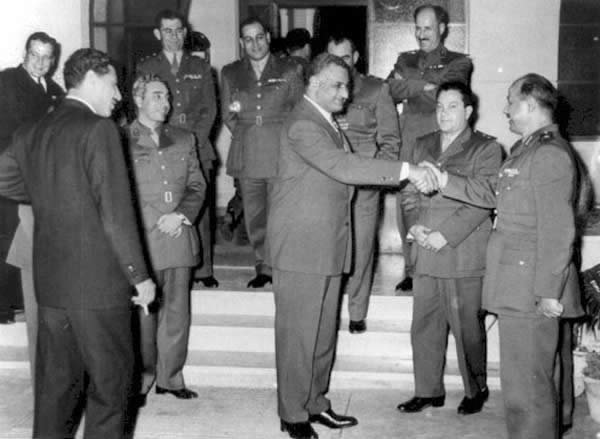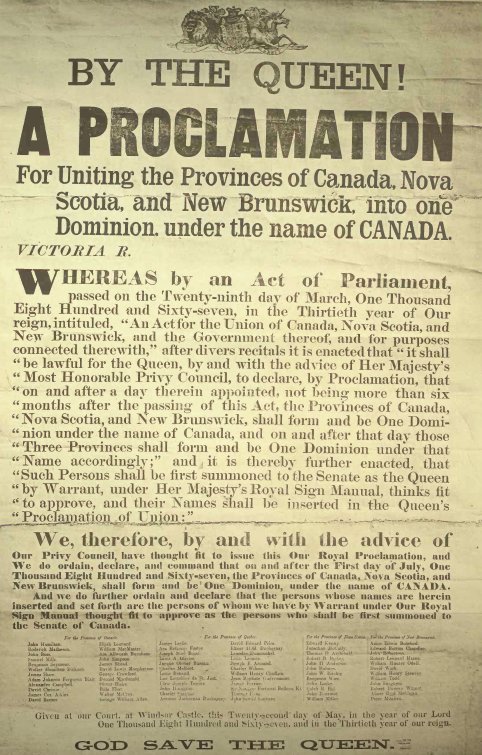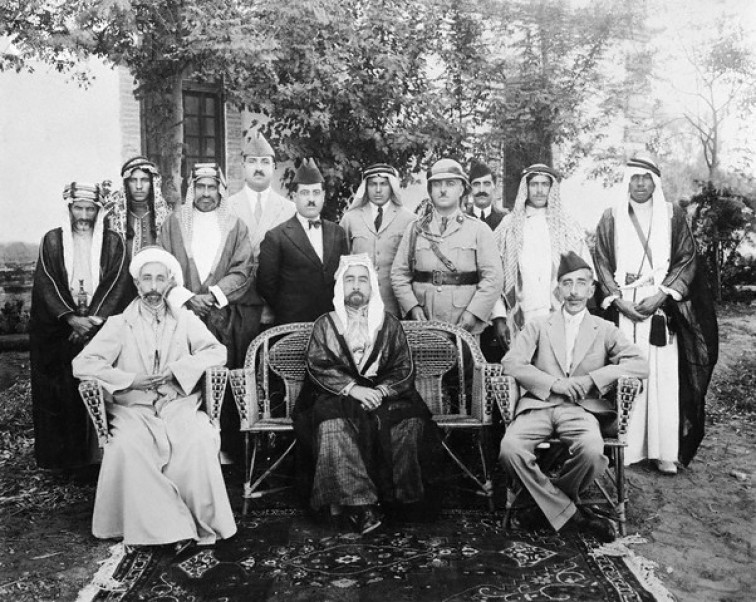|
Hashemite Arab Federation
The Hashemite Arab Federation was a short-lived confederation that lasted from 14 February to 2 August 1958, between the Hashemite kingdoms of Iraq and Jordan. Although the name implies a federal structure, it was ''de facto'' a confederation. The Federation was formed on 14 February 1958, when King Faisal II of Iraq and his cousin, King Hussein of Jordan, sought to unite their two Hashemite kingdoms as a response to the formation of the United Arab Republic between Egypt and Syria. The union lasted only six months. Faisal II was deposed by a military coup on 14 July, and the new Iraqi government officially dissolved the Federation 2 August 1958. Background Pan-Arabism and Arab nationalism were major movements in the Middle East after the dissolution of the Ottoman Empire in 1919–1925. Arab nationalism was particularly popular among intellectuals and the military. Pan-Arabists often advocated for an Arab Union that would combine all the Arabs in a single state, similar to ... [...More Info...] [...Related Items...] OR: [Wikipedia] [Google] [Baidu] |
Arabic
Arabic (, , or , ) is a Central Semitic languages, Central Semitic language of the Afroasiatic languages, Afroasiatic language family spoken primarily in the Arab world. The International Organization for Standardization (ISO) assigns language codes to 32 varieties of Arabic, including its standard form of Literary Arabic, known as Modern Standard Arabic, which is derived from Classical Arabic. This distinction exists primarily among Western linguists; Arabic speakers themselves generally do not distinguish between Modern Standard Arabic and Classical Arabic, but rather refer to both as ( "the eloquent Arabic") or simply ' (). Arabic is the List of languages by the number of countries in which they are recognized as an official language, third most widespread official language after English and French, one of six official languages of the United Nations, and the Sacred language, liturgical language of Islam. Arabic is widely taught in schools and universities around the wo ... [...More Info...] [...Related Items...] OR: [Wikipedia] [Google] [Baidu] |
Dissolution Of The Ottoman Empire
The dissolution of the Ottoman Empire (1908–1922) was a period of history of the Ottoman Empire beginning with the Young Turk Revolution and ultimately ending with the empire's dissolution and the founding of the modern state of Turkey. The Young Turk Revolution restored the constitution of 1876 and brought in multi-party politics with a two-stage electoral system for the Ottoman parliament. At the same time, a nascent movement called Ottomanism was promoted in an attempt to maintain the unity of the Empire, emphasising a collective Ottoman nationalism regardless of religion or ethnicity. Within the empire, the new constitution was initially seen positively, as an opportunity to modernize state institutions and resolve inter-communal tensions between different ethnic groups. Additionally, this period was characterised by continuing military failures by the empire. Despite military reforms, the Ottoman Army met with disastrous defeat in the Italo-Turkish War (1911–191 ... [...More Info...] [...Related Items...] OR: [Wikipedia] [Google] [Baidu] |
Arab Nationalism
Arab nationalism () is a political ideology asserting that Arabs constitute a single nation. As a traditional nationalist ideology, it promotes Arab culture and civilization, celebrates Arab history, the Arabic language and Arabic literature. It often also calls for unification of Arab society.Requiem for Arab Nationalism by Adeed Dawisha, ''Middle East Quarterly'', Winter 2003 It bases itself on the premise that the people of the —from the to the |
Pan-Arabism
Pan-Arabism () is a Pan-nationalism, pan-nationalist ideology that espouses the unification of all Arabs, Arab people in a single Nation state, nation-state, consisting of all Arab countries of West Asia and North Africa from the Atlantic Ocean to the Arabian Sea, which is referred to as the Arab world. It is closely connected to Arab nationalism, which asserts the view that the Arabs constitute a single nation. It originated in the late 19th century among the Arab regions of the Ottoman Empire, and its popularity reached its height during the peak of Nasserism and Ba'athism in the 1950s and 1960s. Advocates of pan-Arabism have often espoused Arab socialism, Arab socialist principles and strongly anti-Western sentiment, opposed the political involvement of the Western world in the Arab world. It also sought to empower Arab states against outside forces by forming alliances such as the Arab League. Origins and development The origins of pan-Arabism are often attributed to the ... [...More Info...] [...Related Items...] OR: [Wikipedia] [Google] [Baidu] |
King Faisal And King Hussein 2 1957
King is a royal title given to a male monarch. A king is an absolute monarch if he holds unrestricted governmental power or exercises full sovereignty over a nation. Conversely, he is a constitutional monarch if his power is restrained by fixed laws. Kings are hereditary monarchs when they inherit power by birthright and elective monarchs when chosen to ascend the throne. *In the context of prehistory, antiquity and contemporary indigenous peoples, the title may refer to tribal kingship. Germanic kingship is cognate with Indo-European traditions of tribal rulership (cf. Indic ''rājan'', Gothic ''reiks'', and Old Irish ''rí'', etc.). *In the context of classical antiquity, king may translate in Latin as '' rex'' and in Greek as ''archon'' or ''basileus''. *In classical European feudalism, the title of ''king'' as the ruler of a ''kingdom'' is understood to be the highest rank in the feudal order, potentially subject, at least nominally, only to an emperor (harking back to ... [...More Info...] [...Related Items...] OR: [Wikipedia] [Google] [Baidu] |
United Arab Republic
The United Arab Republic (UAR; ) was a sovereign state in the Middle East from 1958 to 1971. It was initially a short-lived political union between Republic of Egypt (1953–1958), Egypt (including Occupation of the Gaza Strip by the United Arab Republic, Egyptian-governed Gaza) and Second Syrian Republic, Syria from 1958 until Syria seceded from the union following the 1961 Syrian coup d'état. Egypt continued to be known officially as the United Arab Republic until it was formally dissolved by Anwar Sadat in September 1971. The republic was led by Gamal Abdel Nasser as the President of Egypt, Egyptian president. The UAR was a member of the United Arab States, a loose confederation with the Kingdom of Yemen, Mutawakkilite Kingdom of Yemen, which was dissolved in 1961. It was a brief pan-Arab union. History Origins The United Arab Republic was established on 1 February 1958 as the first step towards a larger Pan-Arabism, pan-Arab state, originally being proposed to Egyptian ... [...More Info...] [...Related Items...] OR: [Wikipedia] [Google] [Baidu] |
Confederation
A confederation (also known as a confederacy or league) is a political union of sovereign states united for purposes of common action. Usually created by a treaty, confederations of states tend to be established for dealing with critical issues, such as defence, foreign relations, internal trade or currency, with the central government being required to provide support for all its members. Confederalism represents a main form of intergovernmentalism, defined as any form of interaction around states that takes place on the basis of sovereign independence or government. The nature of the relationship among the member states constituting a confederation varies considerably. Likewise, the relationship between the member states and the general government and their distribution of powers varies. Some looser confederations are similar to intergovernmental organization, international organisations. Other confederations with stricter rules may resemble federal systems. These elements o ... [...More Info...] [...Related Items...] OR: [Wikipedia] [Google] [Baidu] |
Kingdom Of Iraq
The Hashemite Kingdom of Iraq was the Iraqi state located in the Middle East from 1932 to 1958. It was founded on 23 August 1921 as the Kingdom of Iraq, following the defeat of the Ottoman Empire in the Mesopotamian campaign of the First World War. Although a League of Nations mandate was awarded to the United Kingdom in 1920, the 1920 Iraqi revolt resulted in the scrapping of the original mandate plan in favour of a formally sovereign Iraqi kingdom, but one that was under effective British administration. The plan was formally established by the Anglo-Iraqi Treaty. The role of the United Kingdom in the formal administration of the Kingdom of Iraq was ended in 1932, following the Anglo-Iraqi Treaty (1930). Now officially a fully independent kingdom, officially named the Hashemite Kingdom of Iraq, it underwent a period of turbulence under its Hashemite rulers throughout its entire existence. Establishment of Sunni religious domination in Iraq was followed by Assyrian, Yazidi ... [...More Info...] [...Related Items...] OR: [Wikipedia] [Google] [Baidu] |
Hashemites
The Hashemites (), also House of Hashim, are the royal family of Jordan, which they have ruled since 1921, and were the royal family of the kingdoms of Hejaz (1916–1925), Syria (1920), and Iraq (1921–1958). The family had ruled the city of Mecca continuously from the 10th century, primarily as vassals of outside powers, and ruled the thrones of the Hejaz, Syria, Iraq, and Jordan following their World War I alliance with the British Empire. The family belongs to the Dhawu Awn, one of the branches of the Ḥasanid Sharifs of Mecca, also referred to as Hashemites. Their eponymous ancestor is traditionally considered to be Hashim ibn Abd Manaf, great-grandfather of the Islamic prophet Muhammad. Another claimed ancestor is Ali ibn Abi Talib, the usurped successor of the prophet Muhammad according to Shia Islam. The Ḥasanid Sharifs of Mecca (from whom the Hashemite royal family is directly descended), including the Hashemites' ancestor Qatadah ibn Idris, were Zaydī Shīʿas ... [...More Info...] [...Related Items...] OR: [Wikipedia] [Google] [Baidu] |
Iraqi Dinar
The Iraqi dinar (ISO 4217, code: IQD; ), ) is the currency of Iraq. The Iraqi dinar is issued by the Central Bank of Iraq (CBI). On 7 February 2023, the exchange rate with the US dollar was US$1 = 1300 dinars. History The Iraqi dinar entered circulation on 1 April 1932, replacing the Indian rupee, which had been the official currency since the Mesopotamian campaign, British occupation of the country in World War I, at a rate of 1 dinar = 11 rupees. The dinar was pegged at par with Pound sterling, sterling until 1959 when, without changing its value, the peg was switched to the United States dollar at the rate of IQD 1 = US$2.80. By not following the US devaluations in 1971 and 1973, the official rate rose to US$3.3778, before a 5% devaluation reduced its rate to US$3.2169, a rate which remained until the Gulf War in 1990, although in late 1989 the black market rate was reported at five to six times higher than the official rate. Post-1990 developments After the ... [...More Info...] [...Related Items...] OR: [Wikipedia] [Google] [Baidu] |








